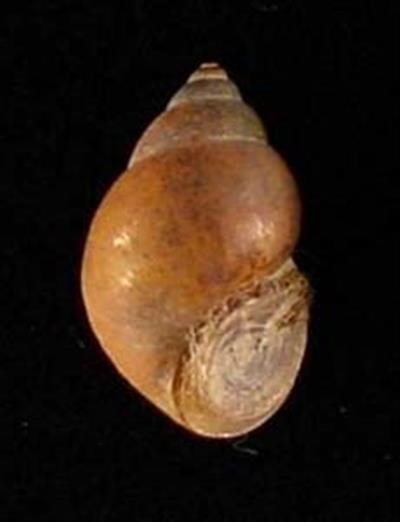
Did You Know... Faucet Snails are in Three Wadena County Lakes?

June 4, 2024 by Alyson Levig
When it comes to aquatic invasive species (AIS), zebra mussels, starry stonewort, and spiny waterflea are typically the hot topics of the conversation. But did you know that a lesser-known aquatic invasive species quietly made its debut in Wadena County in 2009 and has slowly infested three major lakes?
Faucet Snails were first confirmed in Lower Twin Lake in 2009 before spreading to Blueberry Lake in 2018, and then being discovered in Stocking Lake in 2022. These small aquatic animals look similar to a number of Minnesota native snails, making it easier to spread unnoticed and causing difficulty with identification.
Faucet Snails are native to Europe and can grow up to a half inch long. They graze and filter algae from the lake and have a one-to-three-year life span. Some distinguishing traits include: they are longer than they are wide, and their coiled spiral shell’s opening is on the right when pointed up.
Threat to Minnesota Waters
The main impact faucet snails have in waterbodies is their means of being an intermediate host for three different intestinal trematodes that can cause mortality in some waterfowl. If ducks or coots eat these infested snails, the parasites attack organs, causing hemorrhaging and eventual death.
Similar to other AIS, faucet snails also compete with native snails for resources and have the ability to clog intake pipes and other submerges water-related equipment.
What Can You Do?
To help slow the spread of faucet snails and all other AIS, remember to clean, drain, and dispose. Clean all water-related equipment of any aquatic plants or animals. Drain all water by removing drain plugs and keeping them out when traveling from one lake to another. Dispose of any unwanted bait in the trash.
To learn more about AIS, go to our website: https://wadenaswcd.org/ais/or check out the AIS page on the Minnesota DNR’s website: https://www.dnr.state.mn.us/invasives/ais/index.html
Posted In: Did You Know Series
